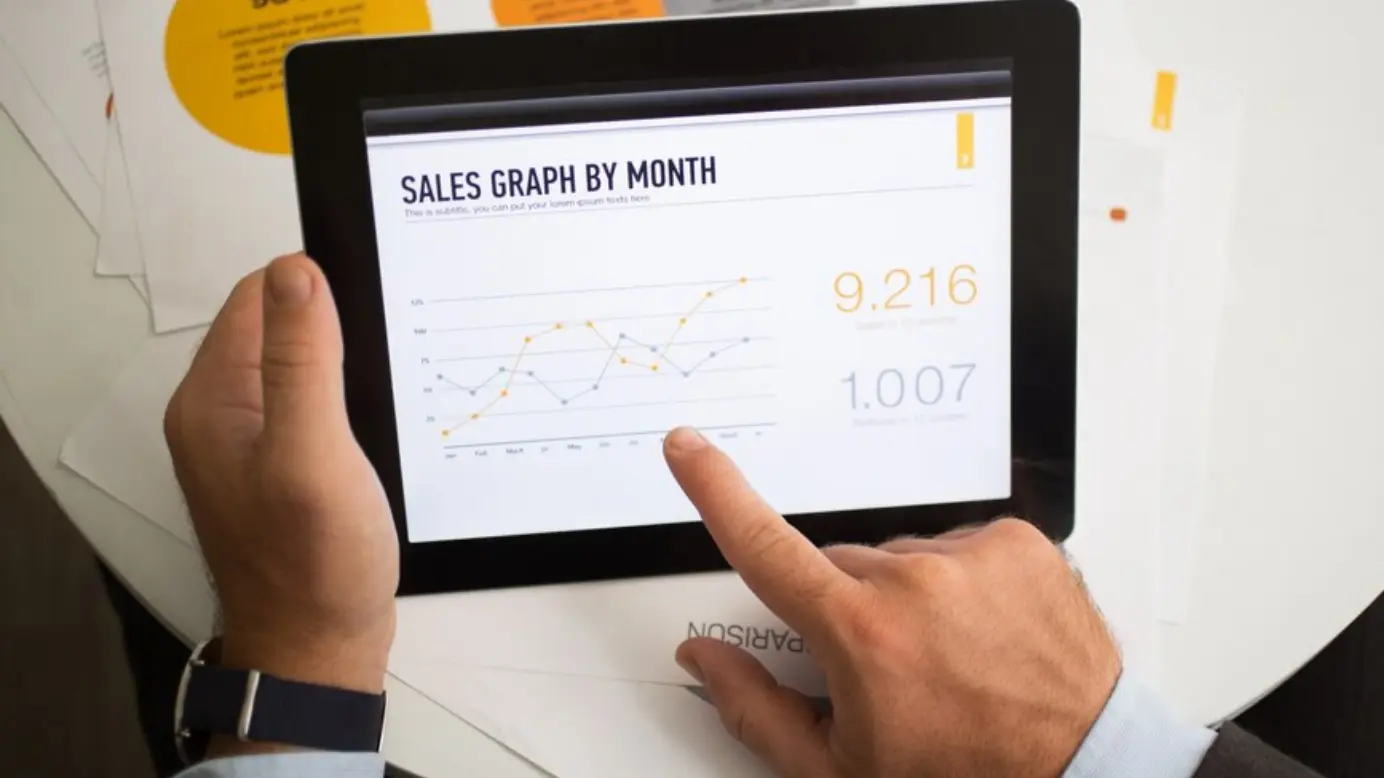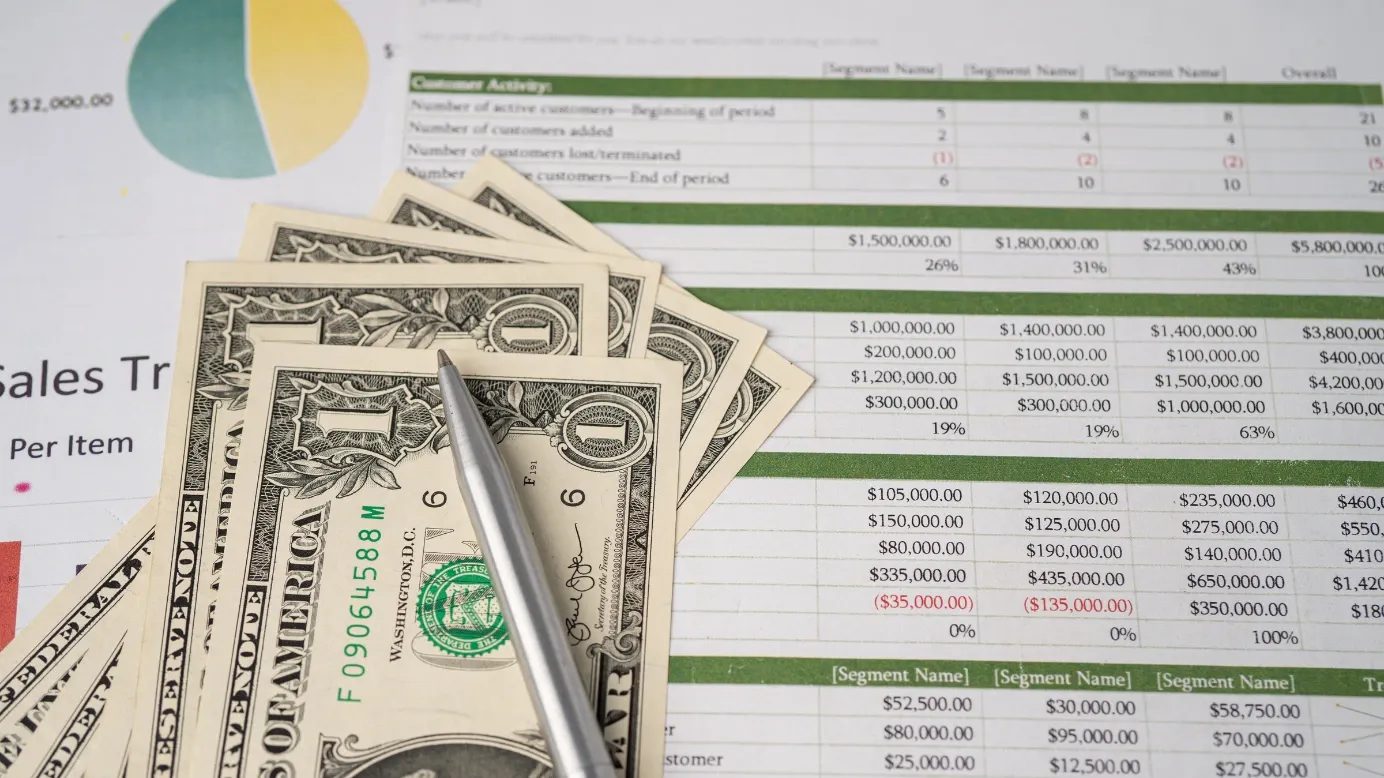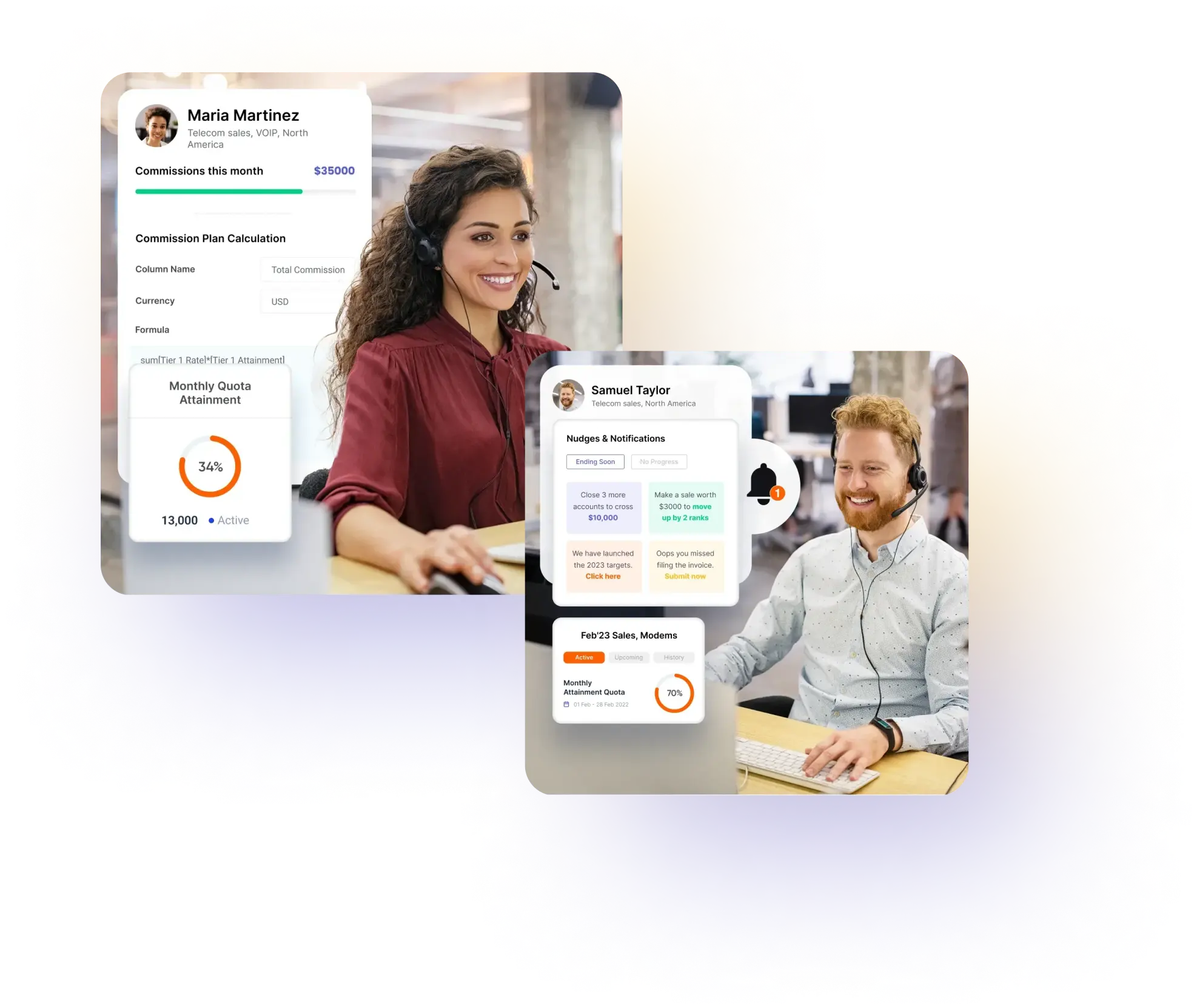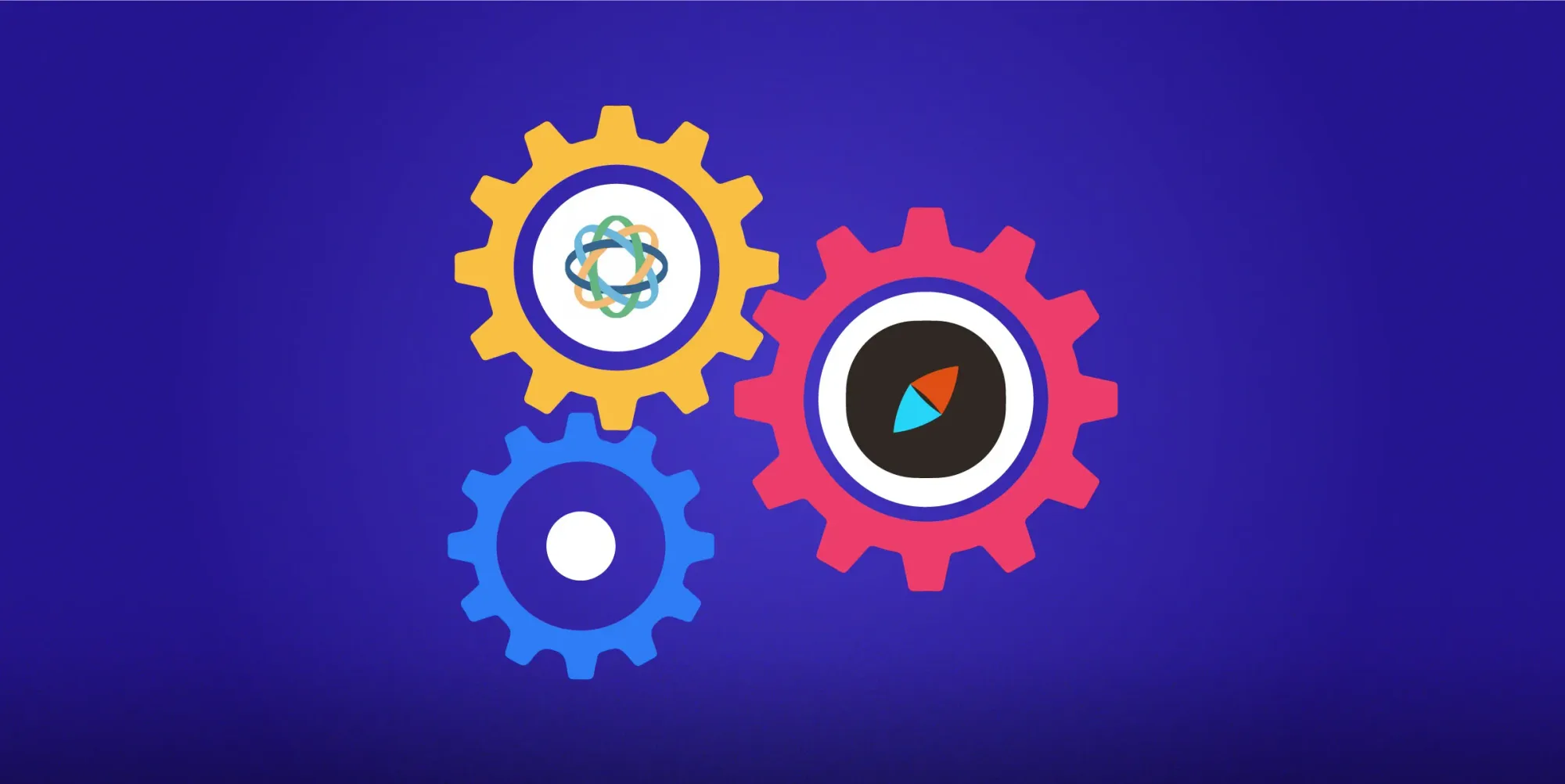
Commission or Bonus: Which one can help you sell more?
Explore the key differences between commissions and bonuses to determine which compensation strategy can better drive sales success and motivate your team.

Costruire un team di vendita vincente con un software di formazione alle vendite
Scoprite come il software per la formazione alle vendite può consentire al vostro team di vendita di raggiungere prestazioni di punta.

Creare una cultura della responsabilità: Il ruolo della gestione delle prestazioni di vendita
Scoprite come la gestione delle performance di vendita favorisce la responsabilità e il successo delle strutture sanitarie che cercano soluzioni di gestione efficaci.

I migliori software di reporting delle commissioni di vendita da seguire nel 2024
Scoprite perché il software di reporting delle commissioni di vendita è essenziale per la vostra azienda. Confrontate i migliori strumenti del 2024 e scoprite quale si adatta meglio alle vostre esigenze.

10 migliori strumenti per la pipeline di vendita per aumentare l'efficienza del vostro team
Scoprite i 10 migliori strumenti per la pipeline di vendita che possono aiutarvi a semplificare il processo di vendita, a migliorare l'efficienza e a concludere più affari. Trovate oggi stesso lo strumento perfetto per il vostro team.

Rappresentanti di vendita a provvigione: vantaggi principali e consigli di gestione
Aumentate le prestazioni del vostro team di vendita con i rappresentanti a provvigione. Scoprite le strategie efficaci, i vantaggi e i suggerimenti per gestire e motivare la vostra forza vendita a provvigione e ottenere risultati eccezionali.

Accordo sulle commissioni di vendita: Come crearne uno, le migliori pratiche e un modello
Un contratto di commissione di vendita è un documento formale essenziale per i dipendenti che lavorano come agenti o rappresentanti di vendita.

7 esempi di retribuzione incentivante per aumentare la motivazione dei dipendenti
Scoprite come le aziende più importanti migliorano la motivazione e le prestazioni dei dipendenti e conoscete le ragioni del successo dei programmi di retribuzione incentivante.

Pianificazione del territorio: 6 passi per costruire un piano del territorio di vendita con le migliori pratiche
La pianificazione del territorio è un processo di suddivisione della base di clienti potenziali in segmenti geografici o di mercato distinti per la forza vendita.

Piano di remunerazione degli account manager: Una guida completa sulle strategie, le migliori pratiche
Il piano di remunerazione degli account manager illustra il modo in cui i loro sforzi si traducono in ricompense finanziarie e fornisce loro la motivazione per raggiungere obiettivi specifici.

11 idee uniche di incentivi per aumentare le vendite [edizione 2024].
Gli incentivi per aumentare le vendite sono premi offerti ai venditori come riconoscimento dei loro risultati.

4 motivi per automatizzare il calcolatore delle vendite su commissione
Il calcolatore di commissioni di vendita si riferisce a uno strumento che aiuta a calcolare la somma di denaro che un venditore guadagna in base alle sue prestazioni di vendita.

I 10 migliori software di gestione delle commissioni che meritano di essere investiti nel 2024
Il software di gestione delle commissioni è uno strumento che automatizza il processo di calcolo, monitoraggio e pagamento delle commissioni ai dipendenti.

Una guida in sei passi per scegliere il giusto software di rendicontazione delle commissioni
Il software di reporting delle commissioni di vendita è uno strumento che consente di gestire e tracciare le commissioni di vendita in modo efficace.

Guida definitiva alla comprensione dei giochi delle gare di vendita
I giochi per le gare di vendita sono un approccio strategico per motivare e incentivare i team di vendita a promuovere i comportamenti di vendita desiderati e, in ultima analisi, a raggiungere obiettivi aziendali specifici.

Creare una scheda di valutazione dei venditori in 6 passi sulla base delle migliori pratiche delle aziende leader del settore
Una scorecard per venditori è un documento formale che traccia le prestazioni di un venditore rispetto a metriche chiave che includono sia i livelli di attività che i risultati di vendita.

7 strategie di provvigione per i rappresentanti di vendita influenzate dalle aziende Fortune 500
La provvigione per i rappresentanti di vendita è un incentivo basato sulle prestazioni che motiva i rappresentanti di vendita a compiere uno sforzo supplementare e a superare gli obiettivi di vendita.

Comprendere la gestione dei partner di canale con esempi e strategie
La gestione dei partner di canale è fondamentale per le aziende che vogliono incrementare i ricavi, aumentare la soddisfazione dei clienti e costruire solide relazioni con i partner.

L'importanza dell'automazione degli incentivi alle vendite per le startup e le PMI
L'automazione degli incentivi alle vendite è una svolta per un'organizzazione che soffre di processi manuali. Scoprite il significato e l'importanza dell'automazione degli incentivi alle vendite.

Software di previsione delle vendite: 5 passi per scegliere lo strumento giusto per la vostra azienda
Il software di previsione delle vendite consente alle aziende di anticipare la domanda futura, identificare le potenziali carenze e adattare le strategie di conseguenza per una crescita complessiva.
Guida alla comprensione del Clawback: Dalle nuove politiche alle migliori pratiche
Il clawback è una politica regolata dalla legge che mantiene il comportamento aziendale e recupera i compensi se un dipendente si impegna in una condotta scorretta o se si verifica una correzione significativa dei dati finanziari.

Perché i concorsi di vendita non funzionano e come renderli più allettanti con gli incentivi gamificati
Scoprite perché le vostre attuali gare di vendita possono risultare insufficienti ed esplorate il modo in cui le gare di vendita gamificate aiutano ad aumentare il coinvolgimento, le prestazioni e i risultati dei team di vendita.

Calcolo degli incentivi nei fogli Excel: 11 problemi comuni e come risolverli
Risoluzione dei problemi di calcolo degli incentivi nei fogli Excel. Imparate a risolvere 11 problemi comuni e a semplificare i calcoli per rendere più fluide le operazioni.

7 efficaci strategie di coinvolgimento dei partner di canale nel settore dei beni di largo consumo
7 strategie di coinvolgimento dei partner di canale nel settore dei beni di largo consumo. Imparate le migliori pratiche per incrementare le vendite, migliorare la comunicazione e guidare il successo nel settore dei beni di largo consumo.

Uno sguardo al domani: 5 tendenze dei compensi per le vendite da tenere d'occhio nel 2024
Scoprite le tendenze più importanti per la remunerazione delle vendite da tenere d'occhio nel 2024 e scoprite come possono influenzare la vostra strategia. Dalle strutture di incentivazione innovative alle soluzioni tecnologiche, queste tendenze vi aiuteranno ad adattarvi al panorama in continua evoluzione dei compensi alle vendite.

Il prezzo di un piano di incentivi alle vendite mal concepito o scadente è più alto di quanto si pensi
Un piano di incentivi alle vendite mal concepito può essere dannoso per le prestazioni di un'azienda. Quando un piano di incentivi alle vendite è scadente, può demotivare il team di vendita, ostacolare il raggiungimento degli obiettivi e, in ultima analisi, portare a una riduzione dei ricavi.

Aumentare il potenziale dei team di teleassistenza e televendita attraverso la gamification
Un libro bianco su come la gamification ha aiutato un'azienda a migliorare del 12% le metriche chiave di produttività (KPI) con un incremento del 2,5% dei costi.

Come gestire le vendite sul canale: Stabilire una strategia di vendita perfetta per il canale
State pensando a come gestire le vendite di canale? Ecco la nostra guida definitiva alla gestione delle vendite di canale e a come può aiutarvi a migliorare le vendite.

Guida da conoscere per costruire e scalare il vostro processo di vendita
Il processo di vendita offre una serie di fasi per convertire i lead in clienti. Questo blog spiega come costruire un processo di vendita e le varie fasi che lo compongono.

Commissioni di vendita e programmi di incentivazione offerti da Compass
La progettazione di un programma di formazione alle vendite di successo è un processo complesso, ma può dare grandi frutti al vostro team. Compass può aiutarvi, con il potere della gamification.

Come aumentare le vendite sul canale: I 5 migliori consigli per iniziare
Scoprite come aumentare le vendite del canale con questi cinque consigli efficaci. Dall'identificazione di nuovi potenziali partner di canale alla creazione di campagne di marketing che producano risultati, sarete in grado di aumentare le vendite del canale e di far crescere la vostra attività.

La gamification può far fare di più al vostro team!
Comprendete come le potenti funzioni di Compass aiutino a gamificare le prestazioni.

La gamification migliora la UX per tutti
Interessanti i modi in cui la gamification trasforma l'esperienza dell'utente e, in particolare, come lo fa Compass .

Migliorare le performance di vendita con i nudge comportamentali
L'economia comportamentale ha dimostrato che i nudge possono essere utilizzati per aiutare gli individui ad agire nel loro migliore interesse. Il potere di un nudge è immenso quando le organizzazioni lo usano per la loro forza vendita.

Integrazione con Close per automatizzare e rendere più efficaci gli incentivi alle vendite
Compass recupera senza problemi i dati in tempo reale da Close, uno dei principali CRM per le vendite interne. Questa integrazione consente ai responsabili delle vendite di passare direttamente alla creazione di programmi di incentivazione e di avere un'unica fonte di verità per tutti i dati relativi ai risultati di vendita.

Domande e risposte ai direttori di filiale nel settore assicurativo
Abbiamo avuto una sessione di domande e risposte a caldo con 118 direttori di filiale e regionali di 14 diverse compagnie assicurative: ecco tutto ciò che abbiamo ricavato da questa preziosa conversazione.

Analisi costi-benefici per l'adozione di un software di gamification
Fare la scelta giusta per il vostro software di gamification è facile con questo foglio informativo su costi e benefici, mentre adottate un software di gamification.

La migliore strategia di coinvolgimento dei partner di canale: Imparare a coinvolgere i partner di canale
La strategia di coinvolgimento dei partner di canale è un must per le aziende. Questo blog analizza la strategia di coinvolgimento dei partner di canale e fornisce suggerimenti per la creazione di una strategia efficace che produca risultati fenomenali.

Come si possono migliorare le prestazioni dei lavoratori di coda con la Gamification?
Date un'occhiata a questa rapida guida su come motivare i dipendenti con scarso rendimento nel team di vendita e come energizzarli con la gamification.

Gamificare i fogli obiettivi per accelerare le vendite
I fogli obiettivi sono invadenti. Gamificarli è il modo per accelerare le vendite.

10 diversi tipi di programmi di incentivazione
Ecco una guida rapida sui diversi tipi di programmi di incentivazione per i team di vendita.

Un caso di studio nel settore assicurativo - Compass per il personale di gestione degli agenti
Un interessante caso di studio sull'implementazione di Compass e sulle metriche dei risultati per uno dei principali fornitori di assicurazioni in India.

Un caso di studio nel settore assicurativo - Compass per il personale addetto al reclutamento degli agenti
Un interessante caso di studio sull'implementazione di Compass e sulle metriche dei risultati per uno dei principali fornitori di assicurazioni in India.

Strumenti per il coinvolgimento dei partner di canale
I vostri partner di canale sono uno dei vostri maggiori generatori di reddito. Scoprite gli strumenti che possono aiutarvi a coinvolgerli meglio.

6 indicatori chiave di performance delle vendite e come utilizzarli
Per aiutarvi a decidere su quali KPI di vendita concentrarvi, abbiamo messo insieme una guida alle metriche di performance di vendita che contano davvero.

7 modi in cui la gamification aiuta a risparmiare
Tutto su come la gamification porti a un'efficienza aziendale e a un ulteriore risparmio sui costi.

Il potere della gamification delle vendite Cruscotti e classifiche: Come giocare con gli analytics per mantenere il team di vendita coinvolto e focalizzato
Le classifiche dei cruscotti di gamification delle vendite consentono di misurare e aumentare le prestazioni rispetto agli altri membri dell'organizzazione e di incentivare il team a superare gli obiettivi di vendita prefissati, accendendo lo spirito di competizione.

10 funzionalità da ricercare in un miglior software di gestione delle performance di vendita
Nel mondo delle vendite 3.0 in cui viviamo oggi, l'uso dei dati e dell'automazione è semplicemente irrinunciabile. È qui che entra in gioco la gestione delle performance di vendita.

Guida completa alla gestione delle prestazioni di vendita
Cosa spinge la vostra squadra di venditori a dare il massimo? Ecco una guida completa agli strumenti di gestione delle performance di vendita, ai software e a tutto il resto.

La gamification nel settore assicurativo - Migliorare le vendite e l'efficienza
Perché la gamification nel settore assicurativo è l'arma definitiva? Ecco alcune idee di gamification delle vendite per il settore assicurativo.

Modelli di gioco di Compass
Scoprite i vari modelli di gioco offerti da Compass per aiutare i vostri team di vendita a vivere gli obiettivi di vendita come un gioco.

Guadagni mirati: Il cuore della remunerazione delle vendite
L'OTE (on-target earnings) è una percentuale di provvigione specifica per i dipendenti ed è nota per migliorare il coinvolgimento e la motivazione dei dipendenti.









